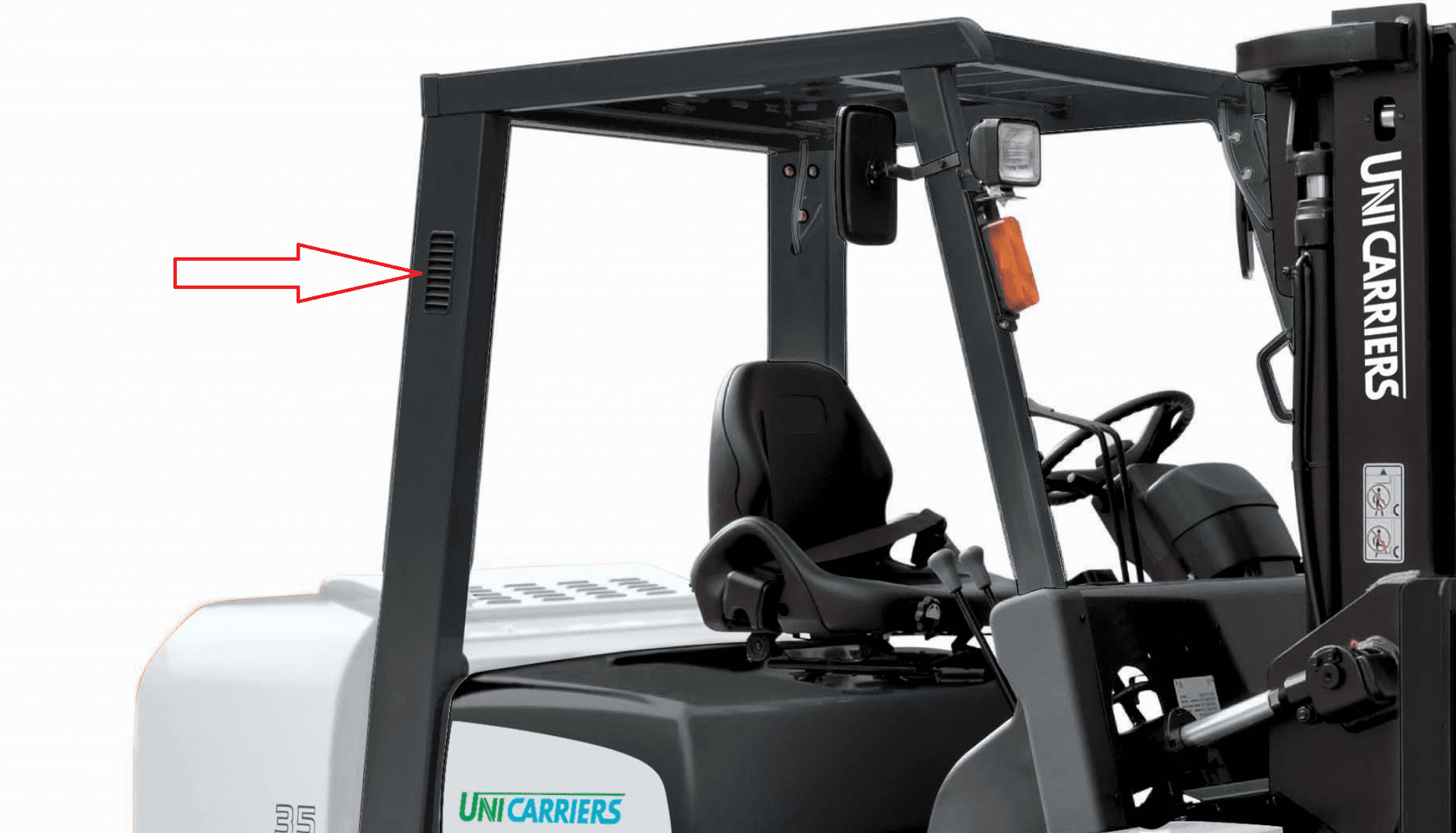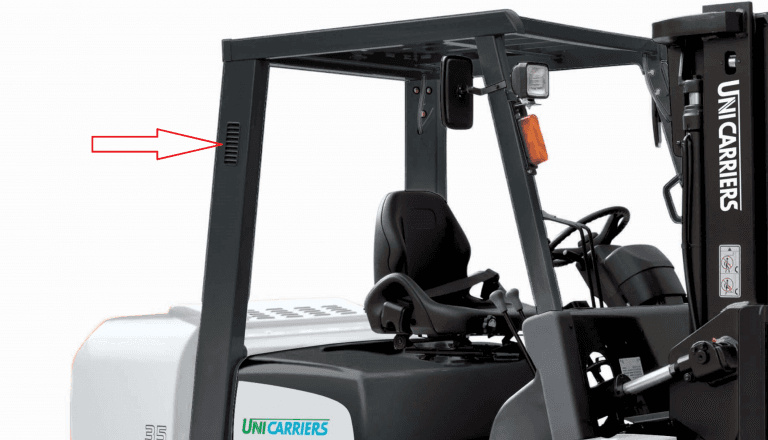Ross Grassick
Forklift Service & Maintenance
How to: Wash a Forklift (LPG / Petrol / Diesel Powered Engines)

You may have read our article on how to clean an electric forklift recently.
But how should you clean other types of forklifts? Great question because while every forklift make and model will be slightly different there are specific things you need to check before you take the water to your forklift. When in doubt, contact your supplier for advice specific to your forklift.
Remember, when you wash a forklift you need to be mindful of certain parts of the forklift truck so that you do not cause damage to the engine or electrical components.
Before you wash your forklift these are general rule of thumb observations and actions to take before you wet anything. These rules apply for LPG, petrol and diesel powered forklifts. Remember electric forklifts have completely different requirements, refer to our other article on how to clean an electric forklift.
How to wash a forklift:
- Always disconnect the battery before you wash a forklift – this can be done by removing the plugs that are connected to the battery terminal. This will prevent water damage to the battery because you have broken the live current that runs through the forklift even when it is in standby.
- What water pressure is best? You can use a garden hose or a high pressure hose. Before you make this decision you will need to locate the following features on your forklift to prevent water damage that can cause major engine damage.
- Locate the forklift’s air intake filters. These are located on the forklift ROPS and look like grates. Under no circumstances can water get in to these.

- If your forklift has electrical components you need to be aware of where these are located. Every forklift is different and the locations vary across manufacturer’s. These can be located in the steering column, under the dash board or even under the footstep in to the cabin. Under no circumstances can you spray water directly where your electrical housing is.
- Never spray the hose directly in to the engine or at areas of your forklift where electrical wiring exists. Water will inevitably seep through the seals of the engine compartment but this is okay provided you follow the next step.
- If you wash your forklift – do not try to operate it straight away. Best option is to leave cleaning forklift’s until the end of the day and leave them to dry out completely overnight. You can use an air pressure hose to remove excess water from the external parts of your forklift however you still can not operate it because water will still lie in areas of the forklift that you can’t see. To avoid major engine failures – do not operate a forklift straight after washing it.
- When you wash a forklift, especially if you use a high pressure hose you are likely to strip grease from the areas of your forklift where it is essential. For example; the wheel bearings, axle joints, mast chains, etc. After cleaning a forklift you will need to re-grease these components so that they don’t seize up and cause major damage. If you are unsure, always seek advice from your forklift manufacturer supplier.
These tips are a general guide on what to be aware of before you clean an LPG, petrol or diesel powered forklift. For detailed instructions on the best practices for cleaning your specific make and model of forklift always consult the supplier or original manufacturer. Consult your forklift operation’s manual for care instructions from the forklift manufacturer. This is a helpful resource that will provide specific information about your make and model.
Cleaning your forklift can usually be done by wiping it over with a damp cloth followed by a dry cloth. Washing this way ensures you will keep your engine completely safe from water damage that may occur if you use a hose or pressure hose. If your forklift is extremely dirty from working in dusty, muddy or excessively dirty conditions you should seek technical support and request assistance. Forklift service providers will know what to avoid and how to clean your forklift properly to prevent damage to your engine and electrical components.
For more tips and advice on forklift maintenance and care sign up to receive news updates as we post them. Do you have a specific question you need answered? Feel free to contact us via email and we will be in touch.
